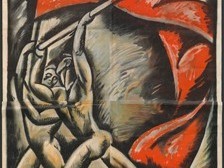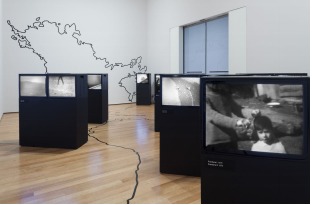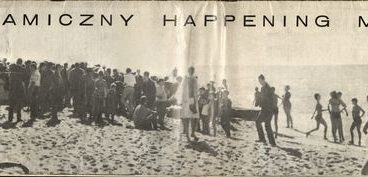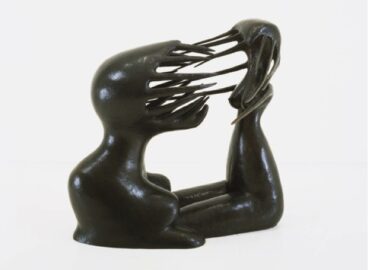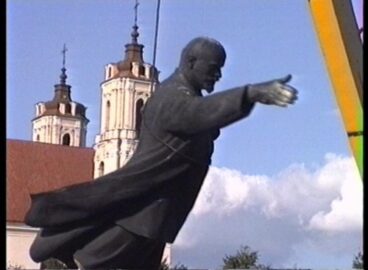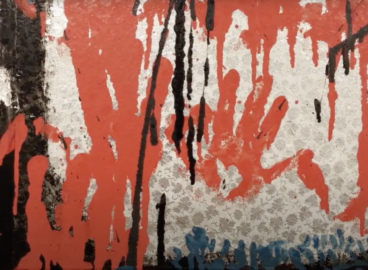Tehching Hsieh’s “One Year Performance”
MoMA PS1 Associate Curator Jenny Schlenzka on the Taiwanese artist’s innovative posters documenting some of his extreme performances in New York City in the 1980s. The four posters in the collection of MoMA’s Library are part of One Year Performance 1981–1982 by Tehching Hsieh (Taiwanese, born 1950). To complete this work, which is often referred to as Outdoor…


